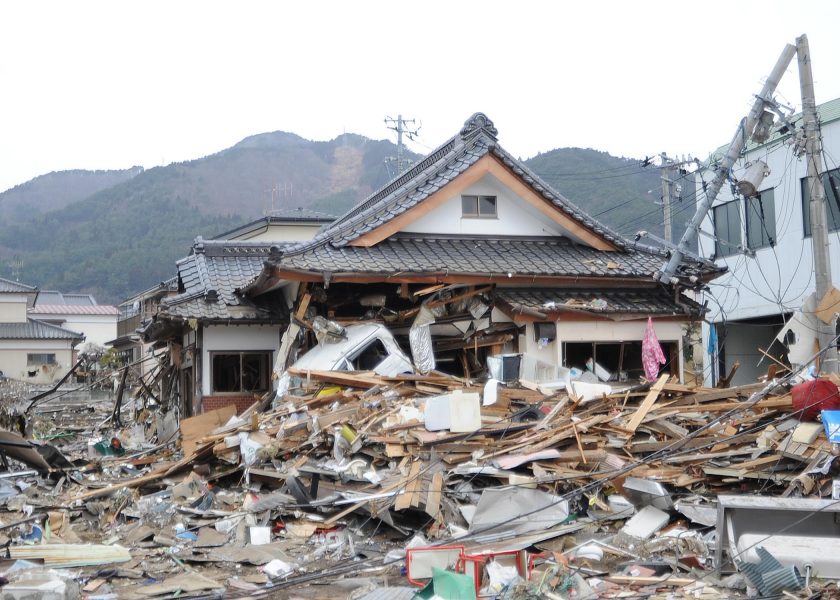UTIG Joins International Earthquake Effort
December 12, 2023

The Jackson School of Geosciences has joined leading scientists on a bold new effort to understand Earth’s largest earthquakes and volcanic eruptions.
The plans were detailed in a new report published in November 2022 with the backing of 55 universities.
Demian Saffer, the director of the University of Texas Institute for Geophysics (UTIG) and one of the report’s many architects, said the initiative marked the start of a long-term, multinational effort to make hazard forecasting a reality at subduction zones, where the collision of tectonic plates increases the risk of earthquakes and other extreme seismic hazards.
“Our report shapes the future of fundamental science that underpins hazards posed by earthquakes, volcanoes and landslides through a major, multidecadal-scale program to address these grand challenges,” he said.
Named Subduction Zones in Four Dimensions (SZ4D), the initiative seeks to install massive arrays of undersea instruments aimed directly at earthquake hotspots in Chile, Alaska and the Pacific Northwest. Data from the instruments will give scientists a never-before-seen picture of Earth’s inner workings and help scientists create a new generation of predictive computer models.
In addition to instrument arrays, the report calls for researchers to study the sites’ geologic background, conduct laboratory experiments, and build computational models that integrate field observations and laboratory data.
Additional information is available on the SZ4D website at www.sz4d.org.
Back to the Newsletter